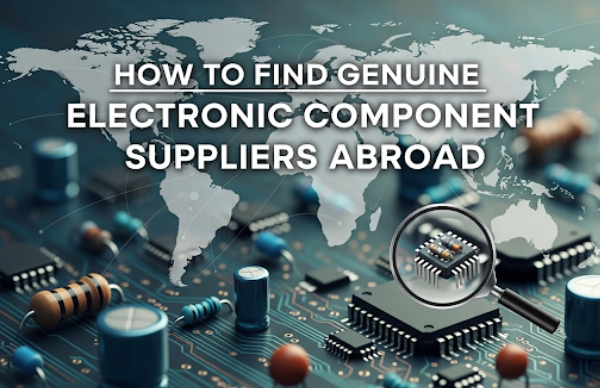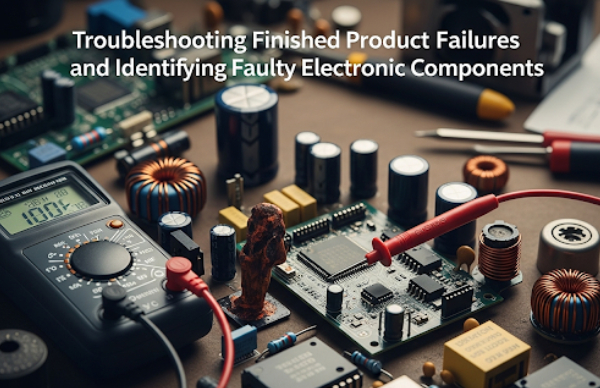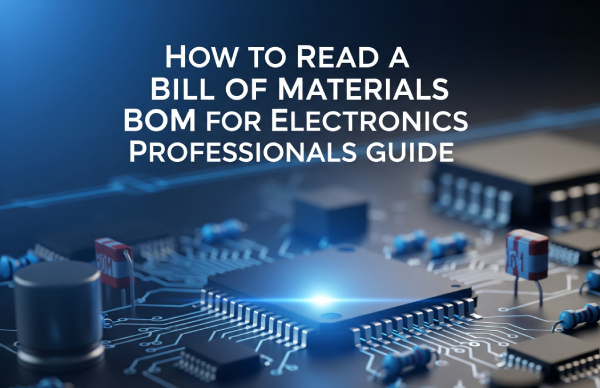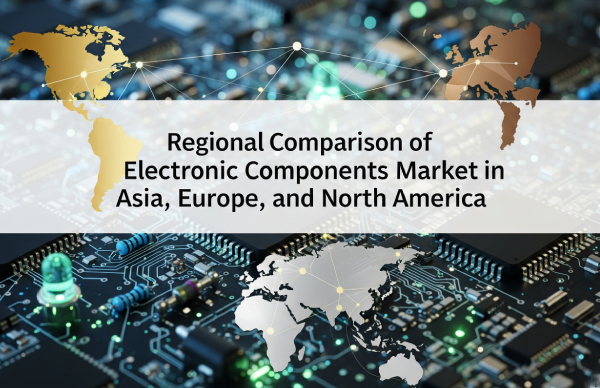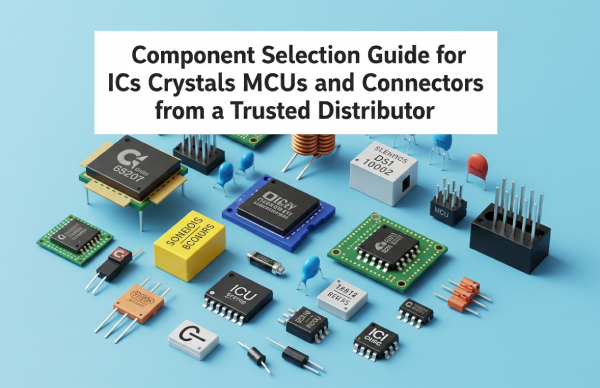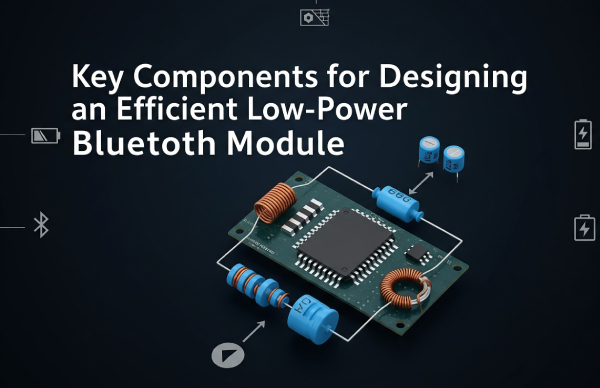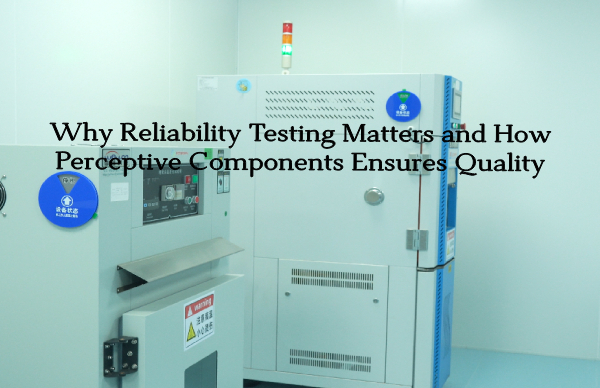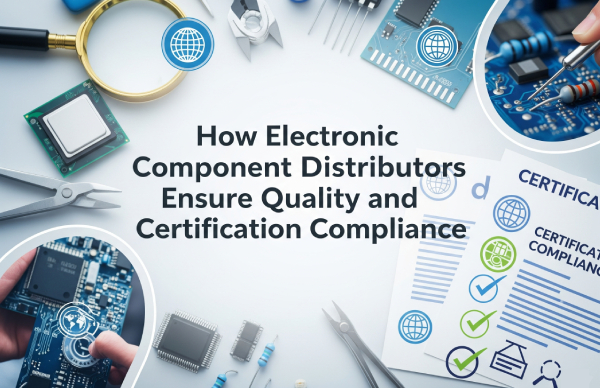1. Start with a financial calculator
When it comes to the company Texas Instruments (TI), the first impression of many students who do not understand the semiconductor industry should be a financial calculator, and most CFA candidates hold one.
This financial calculator is the official exam calculator designated by the CFA Institute, which is the one shown below:
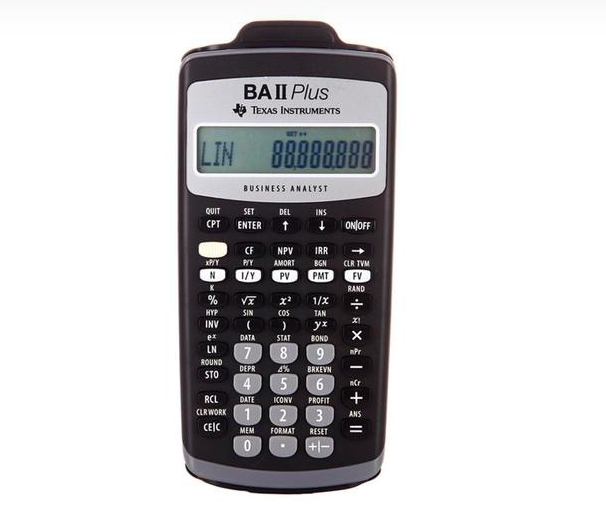
2. The semiconductor big brother from the oil industry
The headquarters of Texas Instruments is located in Dallas, Texas, USA. The reason is that World War I promoted the global demand for oil. Relying on the unique oil resources in Texas, in 1930, J. Clarence Card Cher and Eugene McDermott together created a company called "Geophysical Services Inc." (GSI), which was the predecessor of Texas Instruments.
At the beginning, GSI's main business was to provide geological exploration for the oil industry. However, due to the increase in oil extraction, the oil industry experienced a depression period of oversupply. During World War II, GSI began to expand its business to produce defense electronics for the US Army and Navy. product.
With defense contracts, GSI's Laboratories and Manufacturing (L&M) division quickly overtook the geographic division, and electronics became the company's mainstay. In 1951, the company was reorganized and renamed "General Instrument Corporation", and in the same year, it was renamed "Texas Instruments" (TI for short), which is still in use today, and GSI has become a subsidiary of the new company.
3. Transistor era - the predecessor of integrated circuits
In 1952, Texas Instruments purchased the patent certificate for the production of transistors from Western Electronics for $25,000 and began to manufacture and sell transistors.
4. Falling in love with "Fairy Boy"
In 1955, "Father of Transistor" Shockley left Bell Labs and gathered eight young people to start a business together, with the goal of replacing germanium and bringing silicon to the market. However, because they couldn't stand Shockley's dictatorship, the eight young people collectively quit and founded Fairchild Semiconductor, which led to Shockley's entrepreneurship being fruitless. They angrily called these eight people "eight traitors."
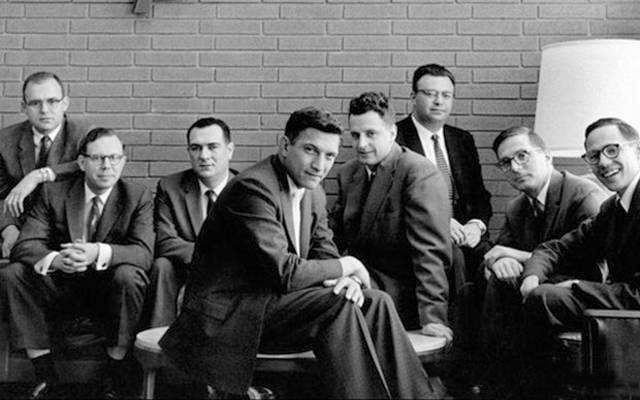
Under the leadership of the "Eight Traitors", Fairchild Semiconductor invented the "planar processing process", which made the manufacture of silicon transistors as simple, efficient and cheap as printing books, and made silicon transistors available in large quantities. Since then, the world has bid farewell to germanium. The age of the silicon transistor. But the success of Fairchild's semiconductor business also threatened Texas Instruments' transistor business.
Texas Instruments began a new era of invention.
Manufactured the first transistor radio in 1954; invented the handheld electronic calculator in 1967; invented the single-chip microcomputer in the same year, and obtained a patent on the single-chip microprocessor in 1971; in 1978, Texas Instruments also launched the first single-chip Speech synthesizer on chip, used in a series of handheld educational toys.
5. defeated PC processor
In 1968 former NASA engineers Gus Roche and Phil Ray founded a company called Computer Terminal Corporation (CTC) and launched its first product, the Datapoint 3300, a teleprinter.
This product is equipped with a Texas Instruments chip and an Intel shift register. When designing the second product, Datapoint 2200, CTC decided to make a computer. In the end, both Texas Instruments and Intel received orders to build a single MOS chip for CTC.
However, CTC did not decide to use the TMX 1795 chip after inspection of the goods, because the TMX 1795 itself has a lot of unused and wasted space, resulting in performance that cannot meet the requirements.
In this way, although Texas Instruments launched an 8-bit processor earlier than Intel, it was not commercially available due to the limitations of TMX 1795 itself, but it was seized by Intel 8008 for the first title.
After that, Intel launched 8080 and 8086 based on 8008. Not only did they successfully put them into commercial use, but Intel also won orders from IBM starting with 8088. Later, it joined hands with Microsoft to form the Wintel Alliance, and smoothly occupied the PC processor market.
The 16-bit processor TMS9900 launched by Texas Instruments was not only unable to be implemented due to the lack of compatible peripheral chips and software, but also completely abandoned the home computer market.
6. Defeat mobile chips again
Texas Instruments has not only dabbled in computer processors, but was actually the king of mobile chips.
In the era before the IOS and Android systems became popular, Texas Instruments already held the processors of most mobile phones. At that time, Nokia, which was so popular in the sky, was a loyal user of Texas Instruments processors. Later, Symbian and Meego systems also used Texas Instruments processors.
At the beginning of the Android era, Qualcomm began to involve smartphone processors, and in 2007 launched the first-generation Snapdragon processor, which entered the user's field of vision.
Although Qualcomm is gradually showing its prominence, Texas Instruments is still synonymous with performance and efficiency. With its strength, it has thrown off Qualcomm and has many followers. Among them, Huawei's first dual-core smartphone P1 uses Texas Instruments' OMAP series processors.
Qualcomm used the strategy of providing nanny-level chips to continuously win over the market. On September 26, 2012, Texas Instruments announced that it would end its smartphone and tablet-oriented OMAP chip business and turn to focus on embedded platforms.
In this way, Texas Instruments failed to seize the opportunity in the two revolutions of the Internet and the mobile Internet. The first time the computer processor could not be put into commercial use gave Intel a chance to rise, and the second time the mobile phone chip failed to meet the needs of users and lost to Qualcomm.
It is not that Intel and Qualcomm are so powerful, but Texas Instruments did not make products that conform to the laws of the market, so Texas Instruments actually lost to the market.
7. Master Players in M&A and Restructuring
TI is known as the Whampoa Military Academy of the semiconductor industry. He has trained a group of elites in the semiconductor industry. Zhang Zhongmou of TSMC, Zhang Rujing of SMIC, and the founders of Shengbang are all from TI.
During the past 20 years, it has not caught up with the two waves of PC and mobile chips, but its revenue scale has not changed much, because TI's two major asset divestitures and mergers and acquisitions are related.
TI's two concentrated spin-offs and mergers and acquisitions were concentrated in 1996-2001 and 2007-2011 when smartphones emerged.
During the period from 1996 to 2001, when the Internet went from boom to bubble, TI transformed from a diversified company to a semiconductor company for the first time. In just four years, it made strategic adjustments around the two key businesses of DSP and analog technology.
TI bought 20 companies, sold 20 companies, and launched 40 mergers and acquisitions among enterprises. It has successively divested nearly 14 business departments such as national defense, chemical industry, printers, and memory chips. Subsequently, TI launched a series of mergers and acquisitions, acquiring more than 20 companies and assets including Amati (NASDAQ: AMTX), Unitrode Corporation (NYSE: UTR), and analog chip manufacturer Burr-Brown.
From 2006 to 2011, TI underwent a second transformation, exiting the smartphone market and focusing on the two major fields of industry and automobiles. TI sold its LCD, DSL, sensor and controller, and mobile phone baseband businesses to Intel, Infineon, and Bain Capital respectively, acquired National Semiconductor for US$6.5 billion, and focused its business on analog chips and embedded processors.
After more than 30 asset divestitures and mergers and acquisitions, TI has transformed from a diversified operation into a semiconductor manufacturer focusing on analog chips.
8. The Invisible King of Core Technology
In addition, Texas Instruments also has a technology that can be called a black technology in the industry-DLP technology.
DLP technology is digital light processing, which is a technology that digitally processes image signals and then projects light out. At present, more than 90% of the projectors on the market use the DLP technology of Texas Instruments, and DLP cinema technology also occupies more than 80% of the cinema screens.
However, Texas Instruments has an extremely difficult research and development experience behind this black technology that benefits mankind.
After years of updating, not only in daily life, Texas Instruments has also applied DLP technology to the industrial field.
DLP technology can be used to complete the etching and repair of LED panels through digital exposure; using the characteristics of fast response of DLP technology can also be applied to the printing of PCB circuit boards to achieve fast assembly line production; DLP technology Accuracy also makes it more and more used in 3D printing technology, quickly scan objects through DLP technology, and directly 3D model.













